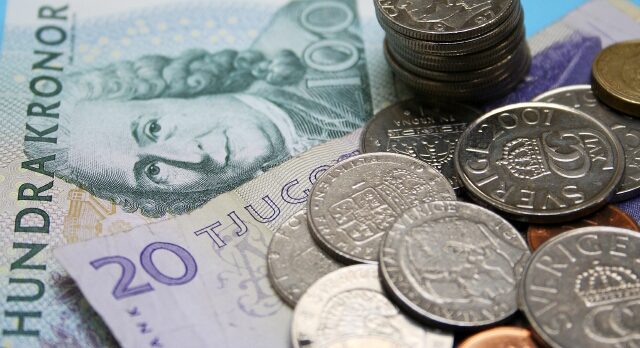Income inequality on the increase in Stockholm
The income gap is constantly widening between Stockholm districts - much in the same way as in other major cities.
-
 Everyone wants a piece of the pie; however even in Sweden some people get bigger pieces than others. Those who live in Ålsten in Stockholm make on average nearly five times as much as those who live in Rinkeby, also in Stockholm. And the gaps are getting even wider.
Everyone wants a piece of the pie; however even in Sweden some people get bigger pieces than others. Those who live in Ålsten in Stockholm make on average nearly five times as much as those who live in Rinkeby, also in Stockholm. And the gaps are getting even wider. -
-
Those who live in Ålsten in Stockholm make on average nearly five times as much as those who live in Rinkeby, also in Stockholm. And the gaps are getting even wider. Small wonder then that the 'somewhat' strange so-called “överklassafari” (upper class safari – an organized bus tour that took people to the richer neighborhoods of Stockholm for sightseeing) became fully booked The return of the class system in Sweden
Since the year 2000 the inner city residents have increased their income with 46%. The differences in income in Stockholm has increased during the past 20 years, according to a report that Sweco Eurofutures has produced on behalf of Stockholm City. (It should be noted that the same difference between districts are common in most major cities of the world, needless to say including New York City. /Ed.)
The gaps increased even more during the 1990’s than during the past 11 years. In the richest part of Stockholm, Ålsten, the average income was 613,474 SEK ($93,630) in 2011, since 2000 it has increased with 55%. In the three districts at the bottom of the list, Rågsved, Skärholmen, and Rinkeby, the average income has increased with 23, 23, and 33%.
In Jacob’s parish on Norrmalm, which includes Blasieholmen and Skeppsholmen, the average income for the barely 250 residents has increased with 183% since the year 2000. Today, the average income there is 601,310 SEK ($92,065) a year.
The further away from the inner city a certain district is located, the lower the average income. The exceptions being the residential areas, for instance parts of Älvsjö and Hässelby. In the 14 city districts, Norrmalm had the highest average income per inhabitant over age 20 with 397,000 SEK ($60,780), closely followed by Östermalm with nearly 376,000 SEK ($57,566). In 2011, Rinkeby-Kista had the lowest average income, 182,000 SEK ($27,870), followed by Skärholmen with almost 196,000 SEK ($30,000).
The distribution of income is greater in Stockholm City than in both Stockholm municipality and the rest of the country. The average income among working people in Stockholm in general was 363,400 SEK ($55,651) in 2011, since the year 2000 most employed people have had a positive income development, with the exception of the years 2002, 2003, and 2011 when the salaries decreased in Stockholm. Women have, on average, had a better income development than men since the year 2000, their income increase has been 20.4%, while for the men it’s been 12.7%. -
 Small wonder then that the organized socioeconomic safaris took off to the extent they did in 2012...
Small wonder then that the organized socioeconomic safaris took off to the extent they did in 2012... -
-
-
-
